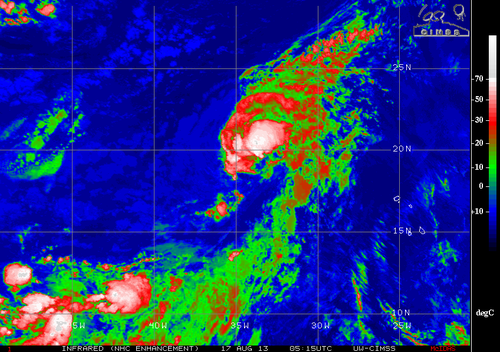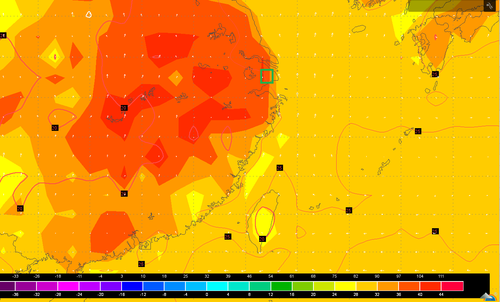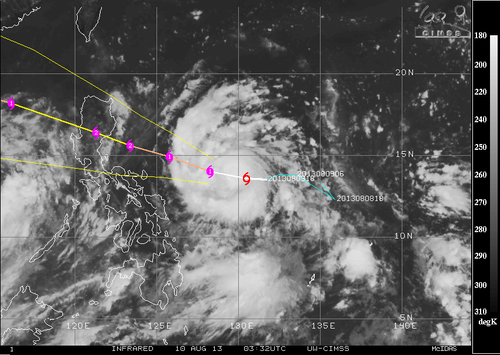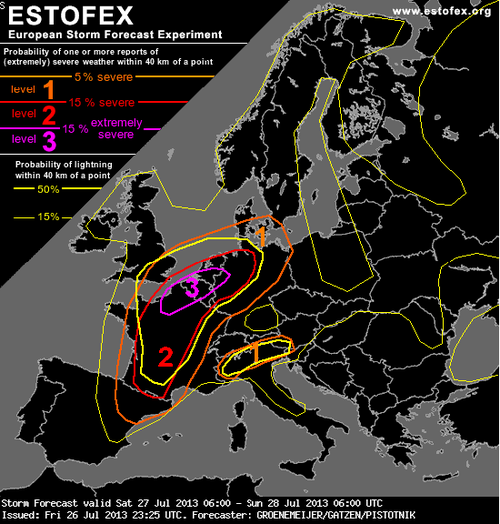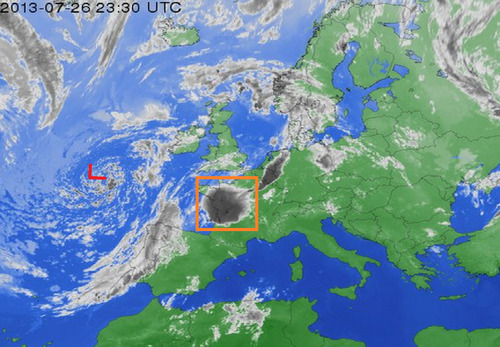Utor Update
Since last’s week update on typhoon Utor, much has happened. Utor first made landfall in the Philippines; it wreaked havoc as a high-end category 2 typhoon bringing sustained winds clocked at 170km/h with gusts exceeding 200km/h – making it the strongest storm this year in the area. Following that, it continued on through the South China Sea and made a second landfall as a strong tropical storm on the south shores of China.
Unfortunately, quite a bit of destruction was associated with this typhoon, especially in the Philippines region. Flash floods washed away homes in the central part of the Philippines and landslides were more of a problem in the northern region; due to a more mountainous terrain. Seven people have been casualties of the storm in the Philippines and 42,000 have been reported homeless because of Utor. In addition to causing grief to the Philippines, Hong Kong and part of China (mostly Guangdong province) had to take their precautions to keep residents safe. Stock markets as well as businesses were closed and 118 flights needed to be cancelled. One cargo ship also had to be abandoned at sea as it flipped because strong winds from Utor. All of the 21 crewmembers were airlifted to safety.
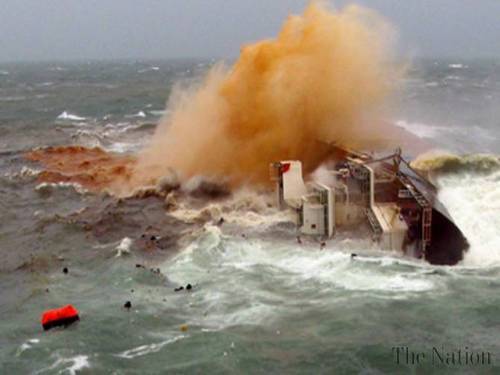
Disturbances in the Atlantic
Two areas of interest have formed in the Atlantic Ocean, one near the Cape Verde Islands and another off the Yucatan Peninsula. The first one near the Cape Verde Islands, named Erin, is of tropical storm force and is drifting west. It will be interesting to see how it interacts with dry air the next couple of days. There is a possibility it might not survive not only because of the dry air but also because of “cooler” sea surface temperatures near 26°C. The second area, a broad area of thunderstorms, is not of tropical storm force and may never become a tropical storm. There is much uncertainty where this system will make landfall and how strong it will get. Models show anywhere from Louisiana to Brownsville, Texas. Wherever it will make landfall it will be a big rainmaker though, bringing in very moist air from the Gulf of Mexico; PWAT values over two inches.
